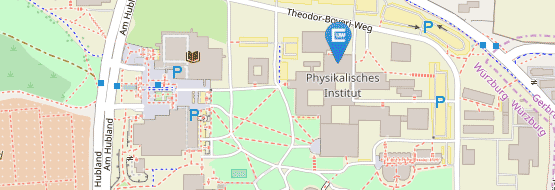A05 E
Technology and investigations of topological crystalline insulators (PbSn)(TeSe)
Overview
This project has realized the fabrication of (Pb,Sn)(Te,Se) layer and multiple layer structures by molecular beam epitaxy (MBE) on (001) and (111) oriented CdTe, CdZnTe, BaF2 substrates and relaxed Cd(Zn)Te/GaAs buffer layers, their (modulation) doping and magnetic alloying. The material system has rock-salt structure and Sn-rich crystals represent a topological crystalline insulator (TCI) with inverted bandgap at the four L-points in the Brillouin zone. These result in Dirac-like topological surface states (TSSs) protected by (110) mirror symmetry at the high-symmetry surfaces additional to time-reversal symmetry, see Fig. 1 [1, 2]. We have investigated the structural, electrical, magnetotransport and magnetic properties of the layer structures by in-situ reflection high energy electron diffraction (RHEED), high resolution x-ray diffraction (HR-XRD) and reflection (XRR), energy dispersive x-ray spectroscopy (EDX), atomic force microscopy (AFM), scanning electron microscopy (SEM), transmission electron microscopy (TEM), magnetotransport and SQUID magnetometry at liquid-He temperatures with support of the SFB 1170 projects A03, B01, B02, Z02. The local structural, TSS, and possible higher order topological properties have been studied in cooperating projects A02, A08, Z02 by scanning tunneling microscopy (STM) and spectroscopy (STS), angle resolved photoelectron spectroscopy (ARPES), as well as by theory in projects A06, B04, C05. Further, the elemental topological material α-Sn has been grown with high structural quality on nearly lattice matched CdTe substrates or buffer layers and their structural and TSS properties have been investigated.


